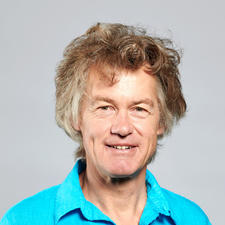Environmental Studies
Exposure to air pollutants and odour
Beurteilung von Geruchsimmissionen
Bei Neu- oder Erweiterungsbauten für Tierhaltung oder Kompostieranlagen beurteilen wir die Geruchsimmissionen. Die Ausbreitungsverhältnisse in der Umgebung der Bauten oder Betriebe werden analysiert. Dabei wird ermittelt, ob bezüglich Geruchsbelästigung kritische Wetterlagen, insbesondere Kaltluftabflüsse, existieren und wie häufig diese auftreten.
Bei Bedarf führen wir mit eigenen Wetterstationen temporäre Messungen der Windverhältnisse durch oder simulieren die Geruchsimmissionen mit den spezifisch dafür ausgerichteten Ausbreitungsmodellen AUSTAL oder GRAL.
UVP – das Kapitel Luft in guten Händen
Mit der Umweltverträglichkeitsprüfung (UVP) wird geprüft, ob ein Bauvorhaben den Umweltschutzvorschriften entspricht. Im Kapitel Luft zeigen wir die Auswirkungen auf die Luftqualität auf und definieren Massnahmen zum Schutz der Umwelt.
Mit den Ausbreitungsmodellen GRAL oder AUSTAL berechnen wir die Schadstoffbelastung durch Stickstoffdioxid oder Feinstaub bei UVP-pflichtigen Bauten wie Strassen, Tunnelportalen, Parkhäusern, Kehricht-Verbrennungsanlagen oder anderen Industrieanlagen.
GRAL/GRAMM für die Ausbreitung im Gelände
Für die Schadstoffmodellierung im Gelände setzen wir das Modell GRAL ein. GRAL ist ein Lagrange’sches Partikelmodell. Es wurde speziell für die Ausbreitung im komplexen Gelände und für Schwachwindsituationen entwickelt. Dadurch kann es auch für Ausbreitungsmodellierung in Tälern genutzt werden. Zudem ist es möglich, die Ausbreitung in bebautem Gebiet zu simulieren.
GRAMM ist ein prognostisches mesoskaliges Modell, mit welchem die Windfelder in komplexem Terrain berechnet werden können. Diese Windfelder können als Input für das Modell GRAL verwendet werden.

Ask our expert:
Thomas Künzle
Head of Air Quality
| |